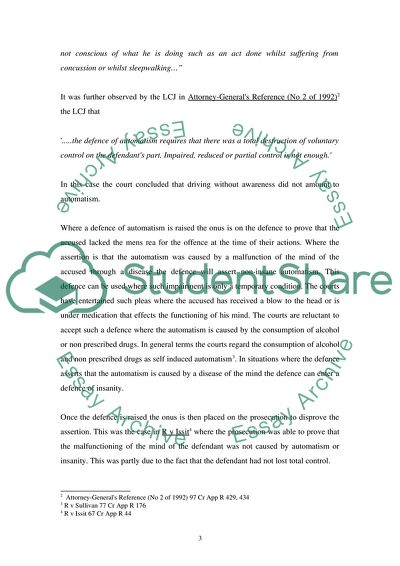Cite this document
(The Case from a Criminal Law Study Example | Topics and Well Written Essays - 2076 words - 1, n.d.)
The Case from a Criminal Law Study Example | Topics and Well Written Essays - 2076 words - 1. Retrieved from https://studentshare.org/law/1712406-criminal-law
The Case from a Criminal Law Study Example | Topics and Well Written Essays - 2076 words - 1. Retrieved from https://studentshare.org/law/1712406-criminal-law
(The Case from a Criminal Law Study Example | Topics and Well Written Essays - 2076 Words - 1)
The Case from a Criminal Law Study Example | Topics and Well Written Essays - 2076 Words - 1. https://studentshare.org/law/1712406-criminal-law.
The Case from a Criminal Law Study Example | Topics and Well Written Essays - 2076 Words - 1. https://studentshare.org/law/1712406-criminal-law.
“The Case from a Criminal Law Study Example | Topics and Well Written Essays - 2076 Words - 1”. https://studentshare.org/law/1712406-criminal-law.


